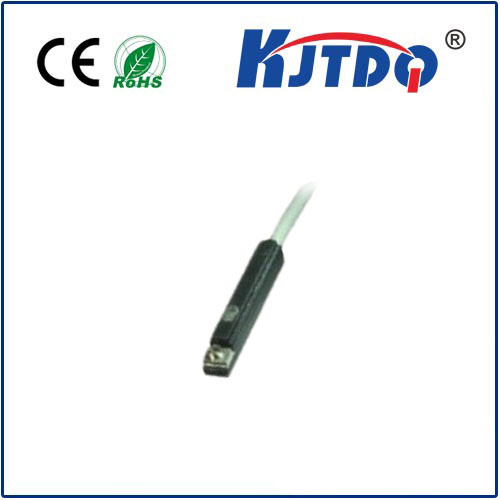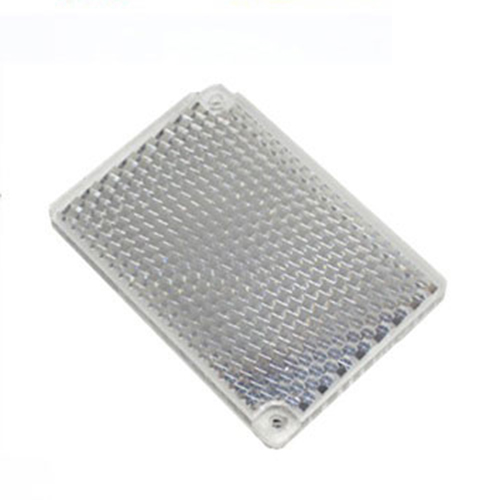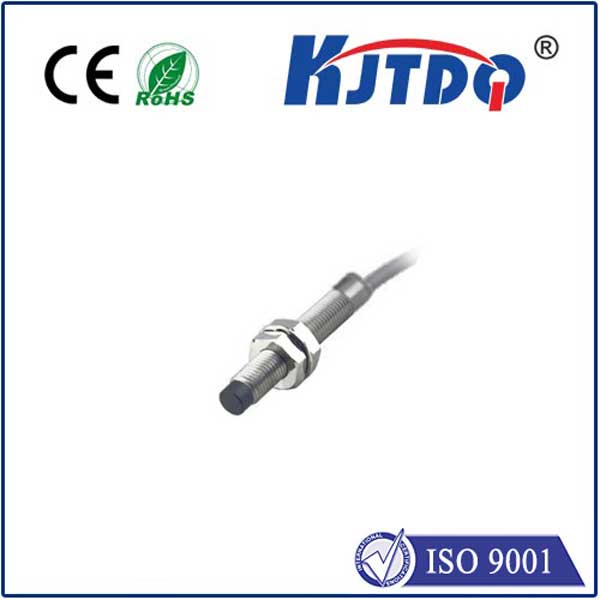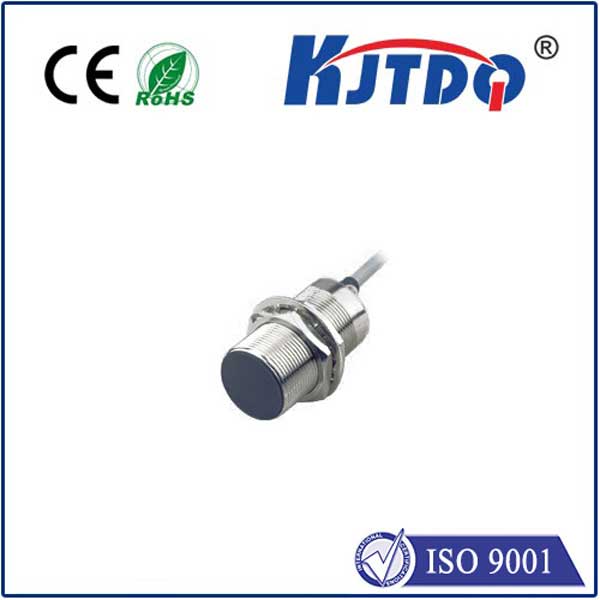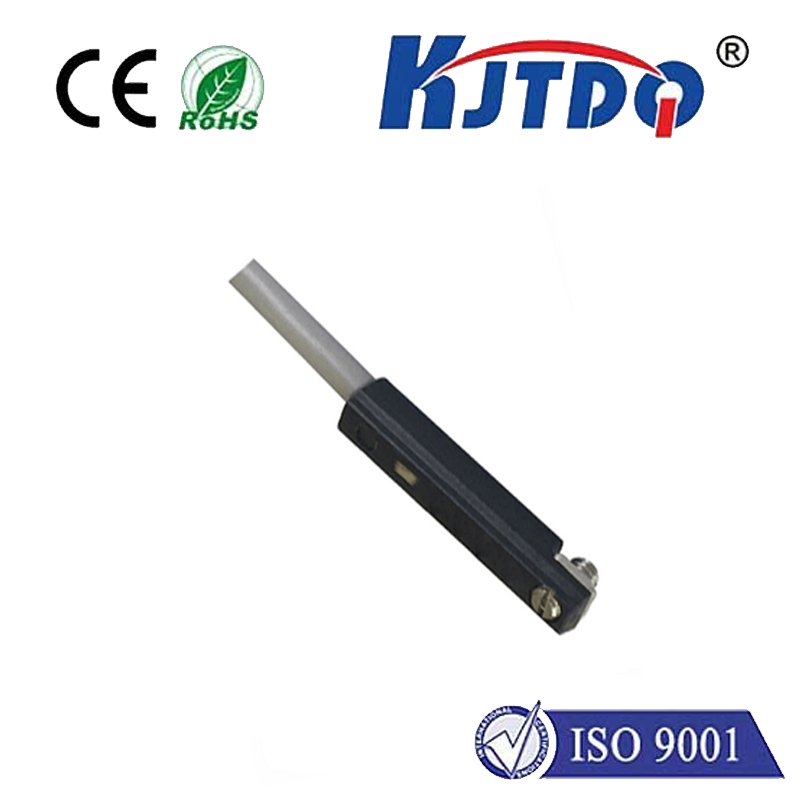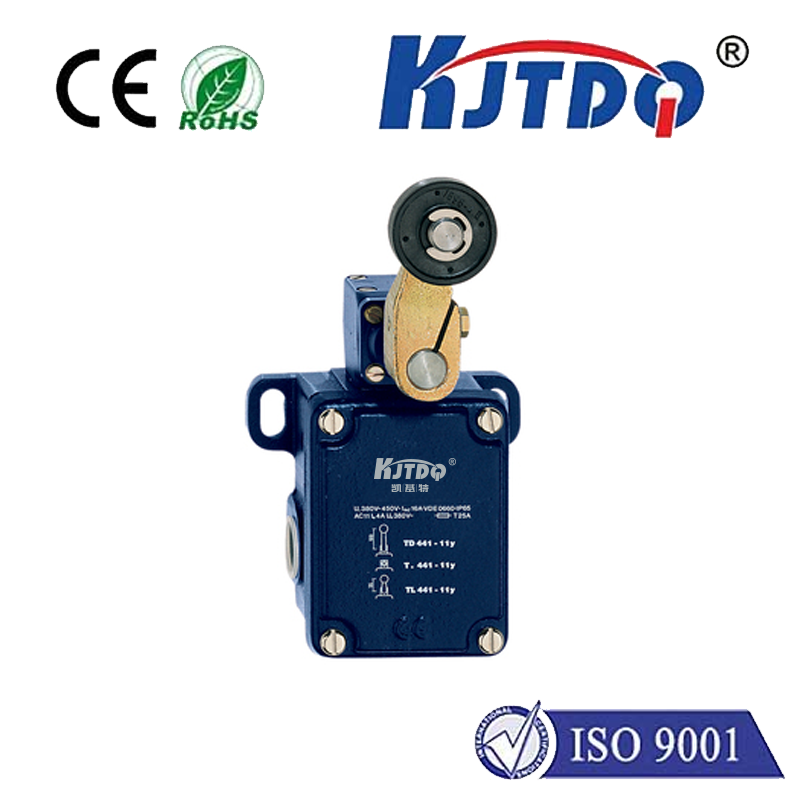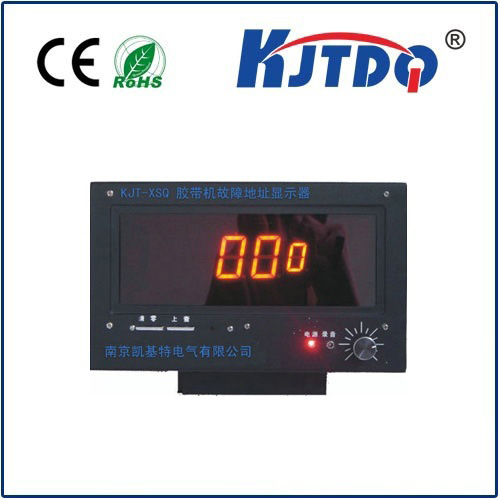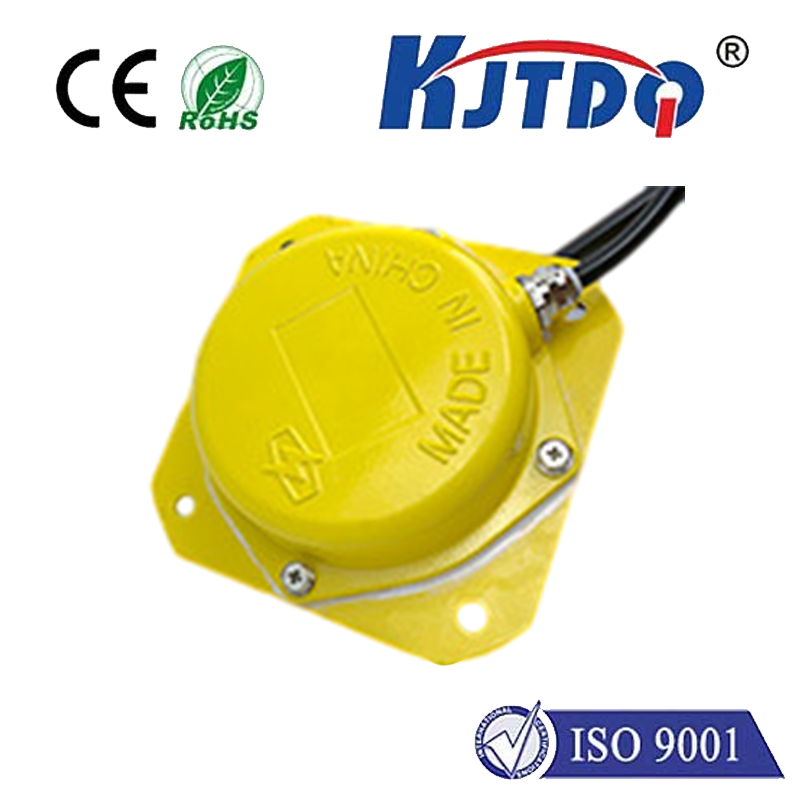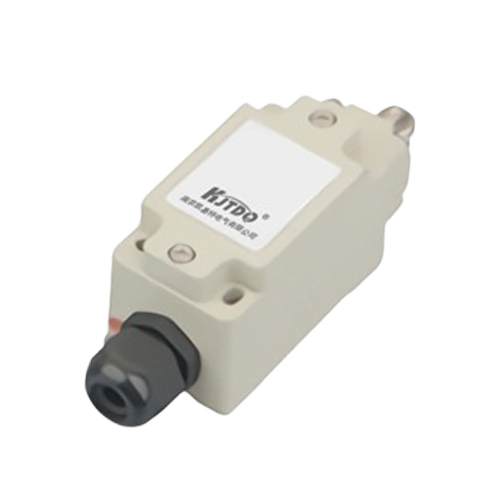

check

check

check

check

check

check

check

check

check

check
GPS proximity sensors have become a ubiquitous part of modern transportation systems. These tiny devices are designed to detect the presence and distance of other vehicles, providing valuable information to drivers that can help improve safety, efficiency, and productivity on the road. In this article, we will explore how GPS proximity sensors are changing the landscape of transportation, from autonomous vehicles to fleet management systems.
One of the key benefits of GPS proximity sensors is their ability to provide real-time information about the location and distance of other vehicles. This allows drivers to adjust their speed and route accordingly, avoiding potential collisions and reducing travel time. For example, in a busy urban environment, a driver may use GPS proximity sensors to avoid congested areas and find the fastest route to their destination. Similarly, in a logistics or delivery setting, GPS proximity sensors can help optimize routes and schedules, improving overall efficiency and reducing costs.
Another advantage of GPS proximity sensors is their role in enhancing vehicle safety. By monitoring the position and movement of other vehicles, these sensors can alert drivers to potential risks such as sudden stops, lane closures, or hazards on the road. In addition, some advanced systems use machine learning algorithms to analyze sensor data in real-time, detecting patterns and predicting potential problems before they occur. This can help prevent accidents and reduce the risk of injury or damage to vehicles.
In addition to their practical benefits, GPS proximity sensors also offer a range of innovative applications in transportation. One area where they are particularly useful is in the development of autonomous vehicles. By combining GPS data with other sensors such as cameras and radar, autonomous vehicles can accurately navigate roads and highways, avoiding obstacles and making split-second decisions based on real-time information. This technology has the potential to revolutionize the way we think about transportation, making it safer, more efficient, and more accessible for everyone.
Overall, GPS proximity sensors are an essential component of modern transportation systems. From improving safety and efficiency to enabling new technologies like autonomous vehicles, these tiny devices are transforming the way we move people and goods around the world. As the technology continues to evolve, we can expect to see even more exciting developments in this field, helping us build a smarter, safer, and more sustainable future for all.
